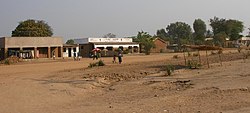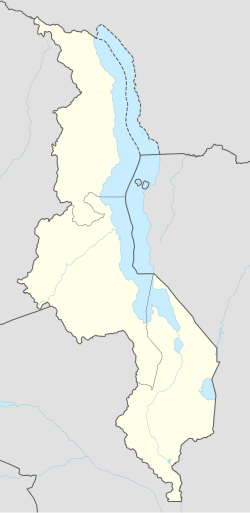Monkey Bay Lusumbwi | |
|---|---|
 Beach at Cape Maclear near Monkey Bay | |
| Coordinates: 14°05′00″S34°55′00″E / 14.08333°S 34.91667°E | |
| Country | |
| Region | Southern Region |
| District | Mangochi District |
| Elevation | 1,630 ft (500 m) |
| Population (2018 Census [1] ) | |
• Total | 14,955 |
| Time zone | +2 |
| Climate | Aw |

Monkey Bay or Lusumbwe is a town in Mangochi which is in the Mangochi District in the Southern Region of Malawi. The town is on the shore of Lake Malawi and is one of the main ports on Lake Malawi. [2] The population of Monkey Bay was 14,955 according to the 2018 census. [3] Monkey Bay is 206 kilometres (128 mi) from Lilongwe, Malawi's capital city, and 253 kilometres (157 mi) from Blantyre. [4] Monkey Bay is a tourist resort and is often travelled through on the road to Cape Maclear. [5]
